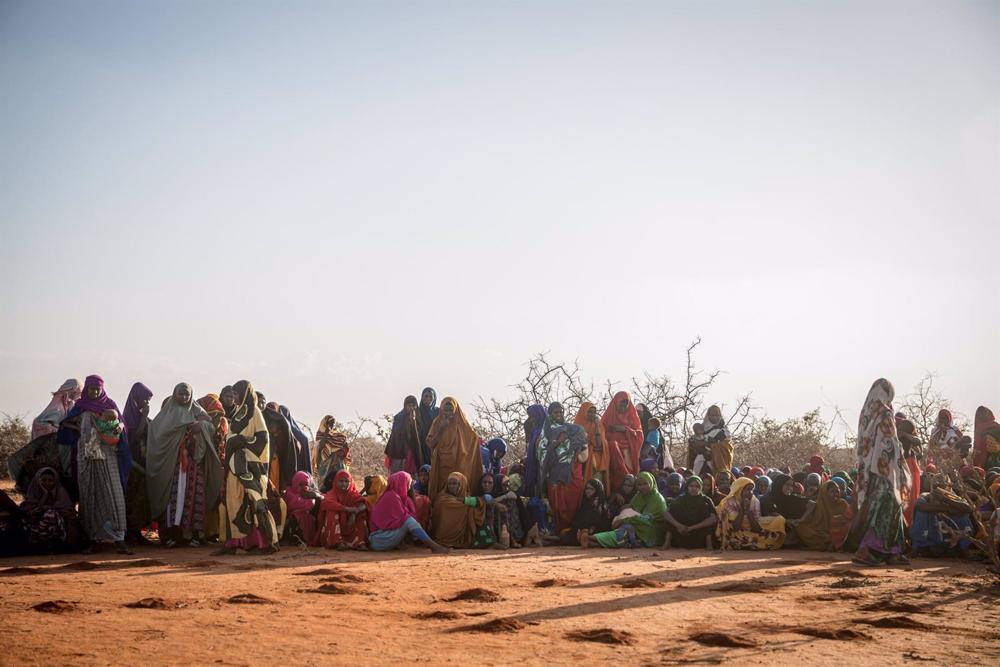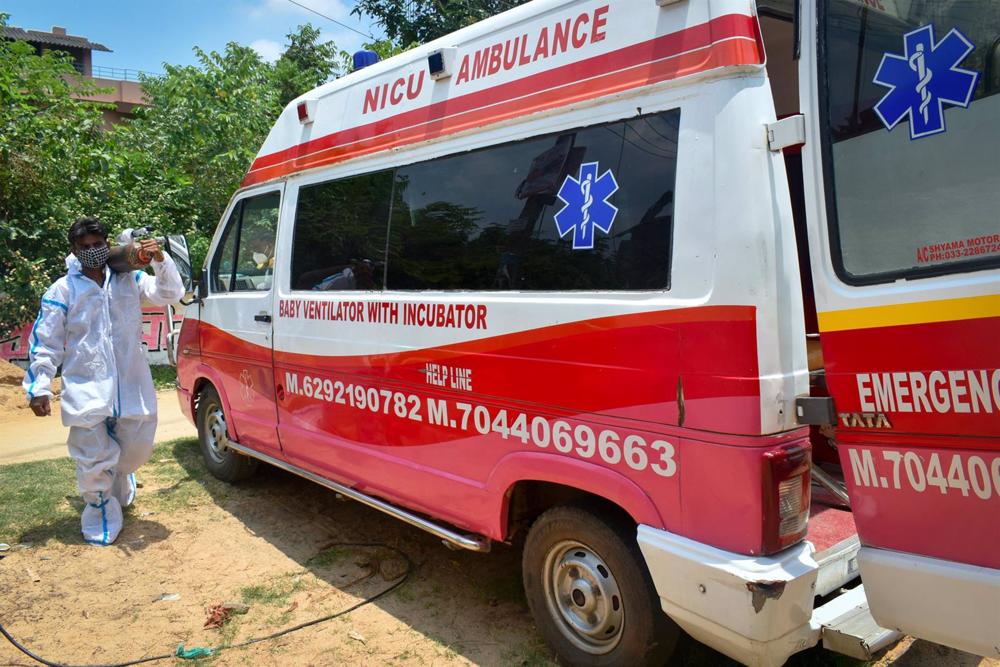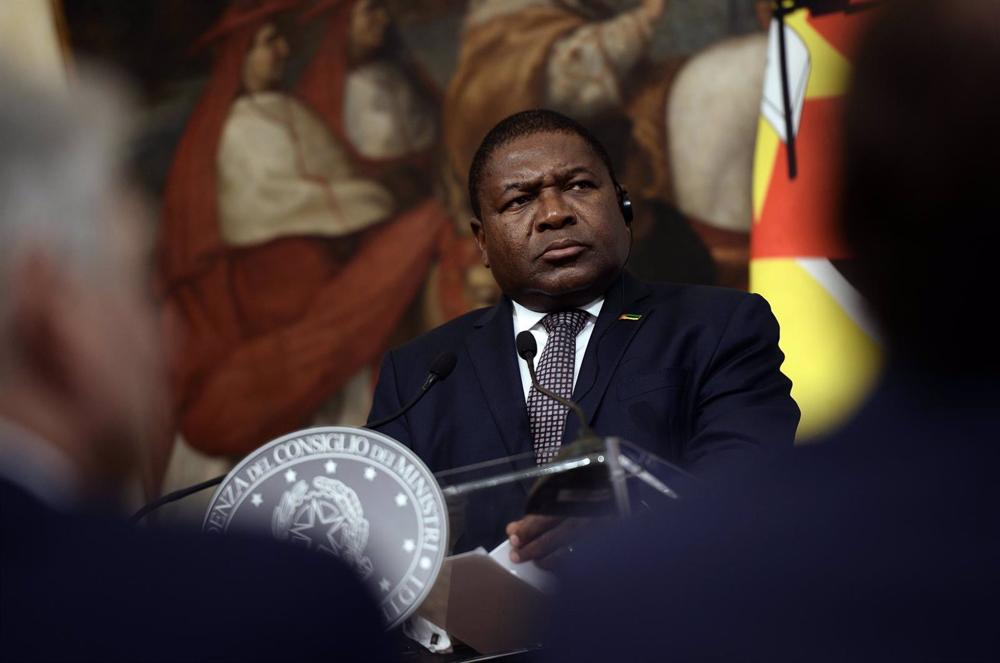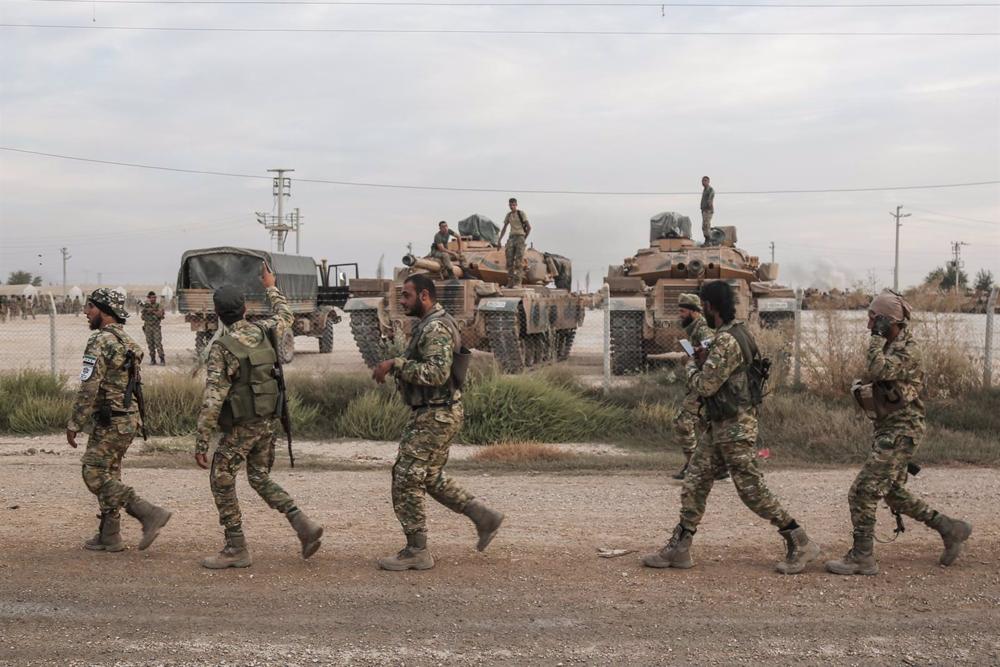
Somalia has avoided famine by the end of this year in the face of a worsening economic crisis and continued droughts, according to a study by UN agencies and non-governmental organizations, although they have warned that famine could occur in three areas by the second quarter of 2023 if the situation does not improve.
The Integrated Food Security Phase Classification (IPC) shows that 8.3 million Somalis could be severely food insecure between April and June 2023, which is «an unprecedented level of need» after five consecutive seasons of poor rains and rising food prices.
The report reflects that 214,050 people are in Phase 5 in the last quarter of 2022, a figure that could rise to 322,010 between January and March and 727,100 between April and June. «To avert famine and worse humanitarian conditions in Somalia, urgent action is needed for a multi-faceted response, including food security, nutrition, health and water, sanitation and hygiene (WASH), as well as improved humanitarian access to hard-to-reach areas.»
«Famine is projected between April and June 2023 among agricultural and livestock populations in Baidao and Burhakaba districts in Bay region, and among IDPs in Baidoa and Mogadishu,» he has noted in his report. It specified that «these areas are already experiencing very high levels of acute malnutrition and mortality consistent with emergency situations» and warned that «increasing numbers of people could be at catastrophic levels (equivalent to famine) in multiple areas of Somalia by mid-2023».
«The results of past integrated analyses conducted between May and July 2022 (…) remain valid, with the total estimated malnutrition burden affecting about 1.8 million children, including 513,500 who would be severely malnourished by July 2023,» it said.
Along these lines, he said that «many areas in central and southern Somalia will be at risk of famine between April and June 2023 if the rainy season turns out to be poorer than expected, leading to crop and livestock problems, and if humanitarian aid does not reach the most vulnerable populations.»
The areas most at risk are in the Centre and Hiiraan regions, as well as Garowe, Galckayo and Dollou, according to the report, which highlights that current food assistance «is sufficient to benefit 5.8 million people per month on average, which could mitigate the size of the food insecure population and prevent a worsening of food security and nutrition in many areas.»
«However, levels of severe food insecurity in Somalia remain very high and will worsen if food aid is not sustained at similar levels beyond March,» it has argued, before noting that «if food aid is not increased, levels of acute food insecurity and malnutrition could deteriorate further and faster between April and June 2023.»
As such, he has reiterated that «the cumulative impacts of consecutive seasons of poor rains and persistent drought will lead to a worsening humanitarian situation until at least mid-2023,» he has said, before citing high food prices, insecurity and disease outbreaks among the causes.
Somalia’s then prime minister, Mohamed Husein Roble, declared a state of emergency in November 2021 and in March appealed for international aid in the face of worsening drought in the Horn of Africa, with Somalia the worst affected country in the region.






